Mar. 27, 2013
The Lamu District on Kenya’s remote north eastern coast, unbeknownst to most, once had one of the densest concentrations of wildlife in Kenya as estimated in a survey published by the Kenya Rangelands Ecological Monitoring Unit (KREMU).
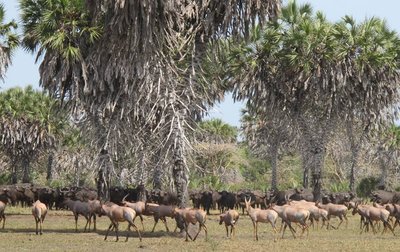
In 1972 the elephant population of Lamu District was estimated at over 21,000 as published in a survey by KREMU, boasting the second largest elephant population in Kenya. Yet just five short years later in 1977 the number had drastically declined to 11,000, and by 1978 Lamu’s once magnificent elephant population had dropped to a devastating estimate of just 6,378 individuals.
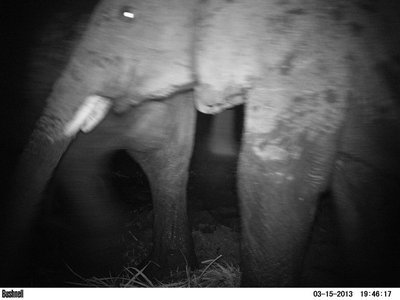
But sadly the worst was yet to come and in 1980 the KREMU estimate for Lamu’s elephant was less than 2,500. This makes a reduction of nearly 90% in six years, a truly horrific loss to Kenya’s wild elephant herds and Lamu’s stature as prime elephant habitat. The Boni people, who were once legendary elephant hunters certainly contributed to this reduction with their bows and poisoned arrows but only on an insignificant scale compared to the rampant Somali ‘shifta’ poachers armed with AK-47s and 303s.
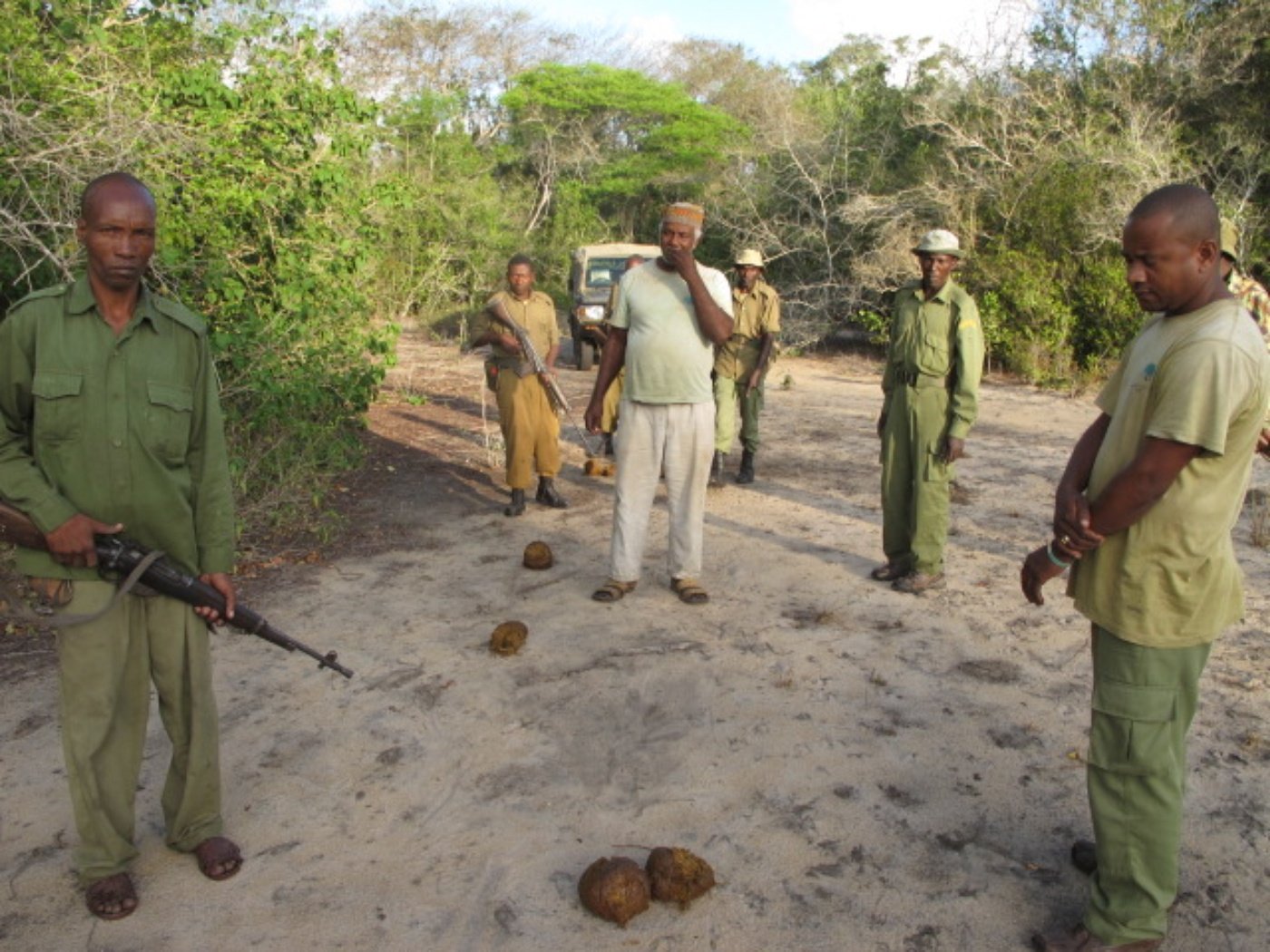
Since this brutal massacre the elephants of Lamu have had to adapt and evolve, changing their behavioural patterns in order to survive. Today with a population numbering only just a couple of hundred, the herds stay hidden deep within the Lamu District’s dense coastal forest, moving around stealthily, avoiding any contact with the burgeoning human world, which is slowly encroaching upon their last remaining wild habitat.
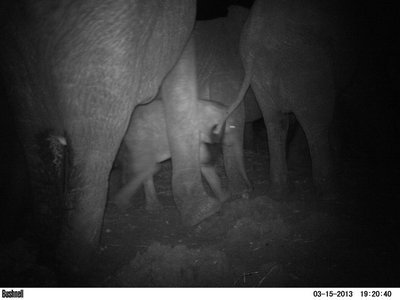
The indigenous people of the area and the historically skilled hunter-gatherers of the region, the Boni tribe, who still inhabit their ancestral lands, haven’t seen elephants in the flesh in over four years, only witnessing their tracks and spoors; the only sign that these invisible creatures still exist within the coastal forests of Lamu.
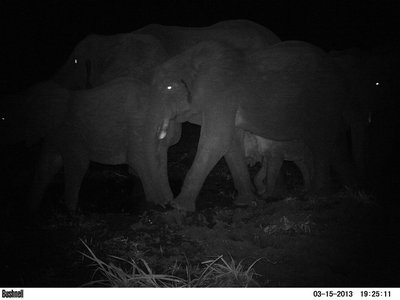
The Lamu Conservation Trust and the David Sheldrick Wildlife Trust are dedicated to providing these last remaining herds with the full protection they need, securing viable habitat and deploying security in order to ensure they can continue to exist in the beautiful Lamu eco-region.

Of course the locations of the herds in Lamu are of the upmost privacy during such times in Kenya when no elephant is safe from the threat of poaching and the demand for ivory. The LCT and DSWT are continuously monitoring the security of the herds, recording their movements with the use of remote sensor-triggered camera traps, whilst the aerial surveillance unit regularly patrols the entire conservation area and its bordering ranches.
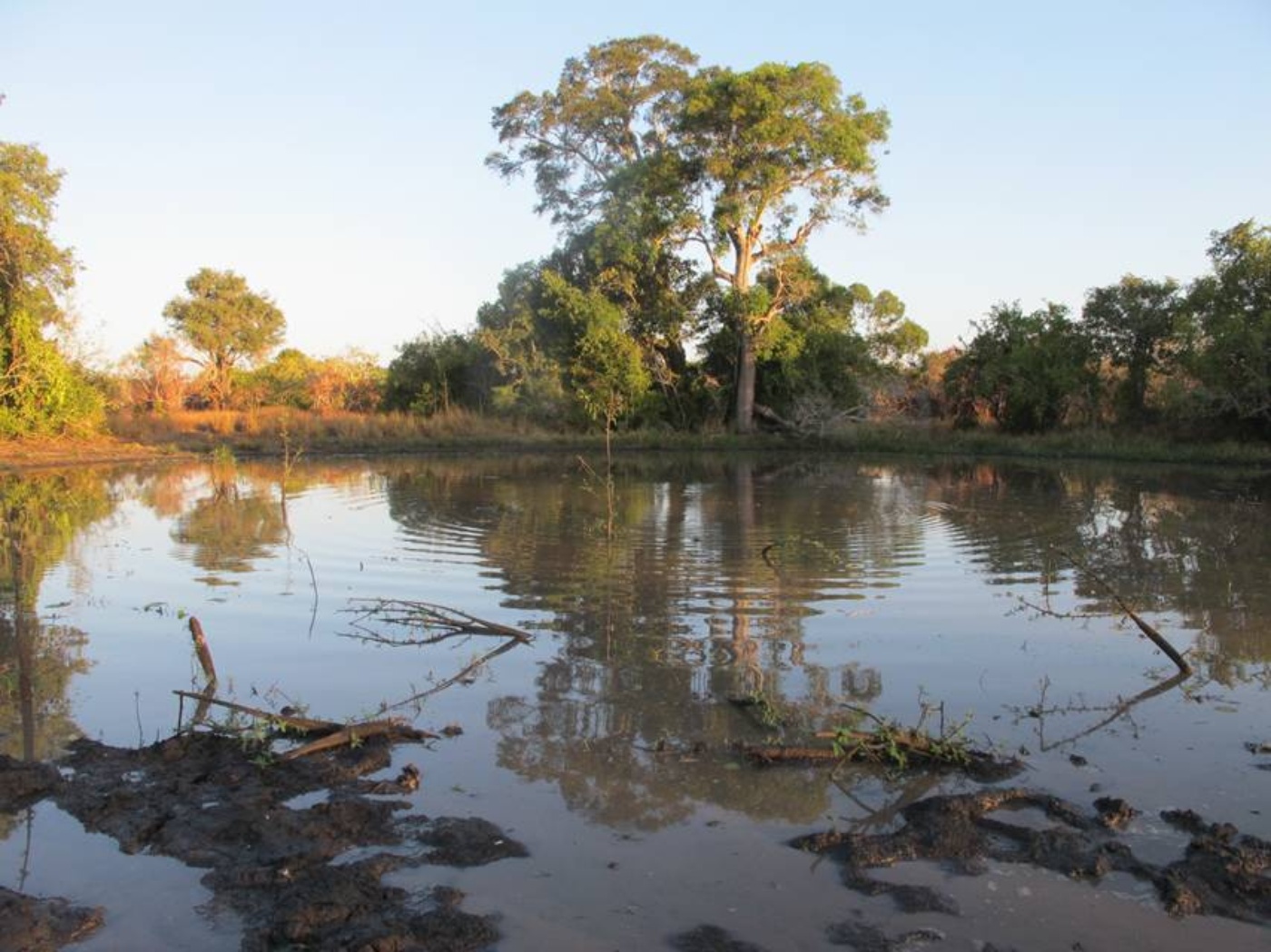
The LCT’s anti-poaching and de-snaring unit has also been deployed to campout on numerous occasions, devoting time to patrolling the greater area in which the elephant herds populate, recording tracks and spoors and strategically placing camera traps to capture movements and behavioural patterns in order to implement increased security and protection.
The LCT needs the continued support of the global public to safeguard the Lamu eco-region’s vulnerable elephants and ensure the sustainable protection and preservation of the area’s wildlife and environment. To support the LCT donate through the DSWT where all donations will be directly channelled to the LCT